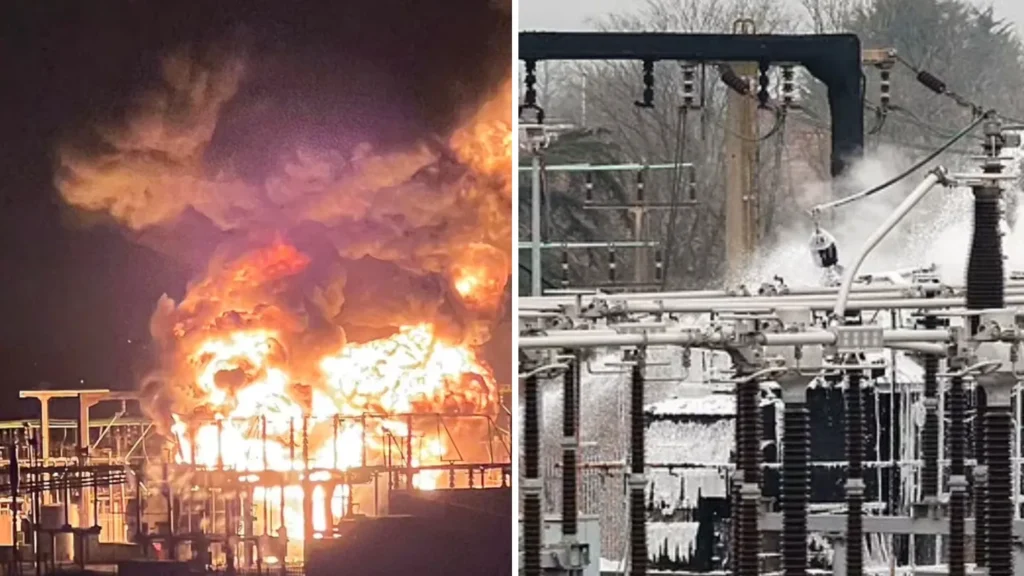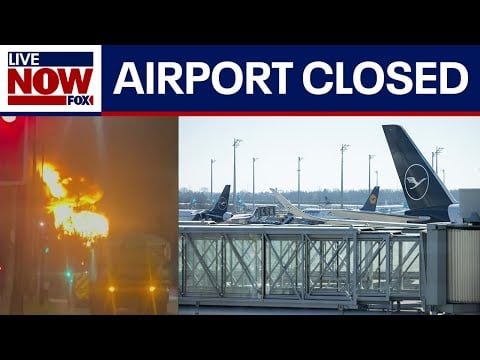Worldwide travelers experienced intense stress because Heathrow Airport abruptly stopped operations thus creating worldwide flight disruptions.
A large number of travelers face delays because multiple flights must remain on the ground while major airlines work to restore flight schedules.
An electrical substation fire at Hayes West London started late Thursday night near Heathrow airport. The facility rests less than two miles from the airport.
Emergency responders initiated their operation as smoke rose into the atmosphere until firefighters controlled the fire that other services could view from far distances. The incident caused authorities to evacuate certain areas and create a safety zone measured at 200 meters.
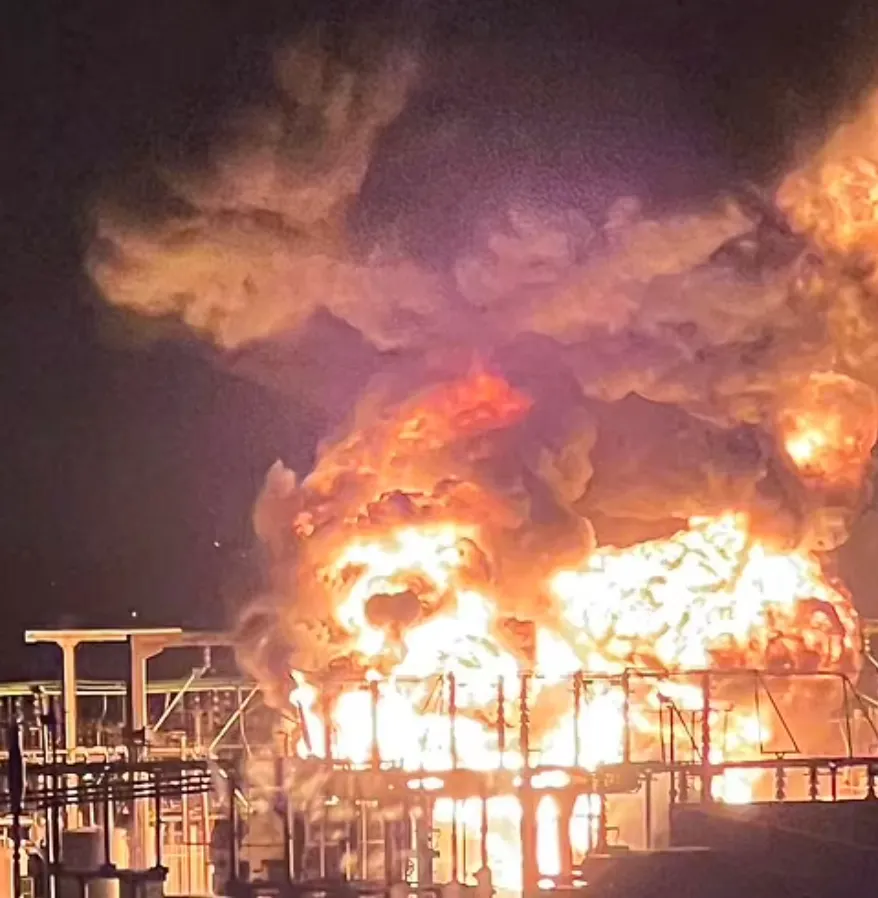
The damages caused by the fire became irreversible when London Fire Brigade managed to control the blaze but Heathrow Airport suffered complete power loss.
Firefighters instructed local residents to keep indoor spaces while shutting their windows since the smoke volumes produced dense air contamination.
The power failure affected more than 16,000 homes throughout West London which significantly increased the operational crisis.
Sheathing power outages led to total interruptions of Heathrow rail connections that included both Heathrow Express and Elizabeth Line services.
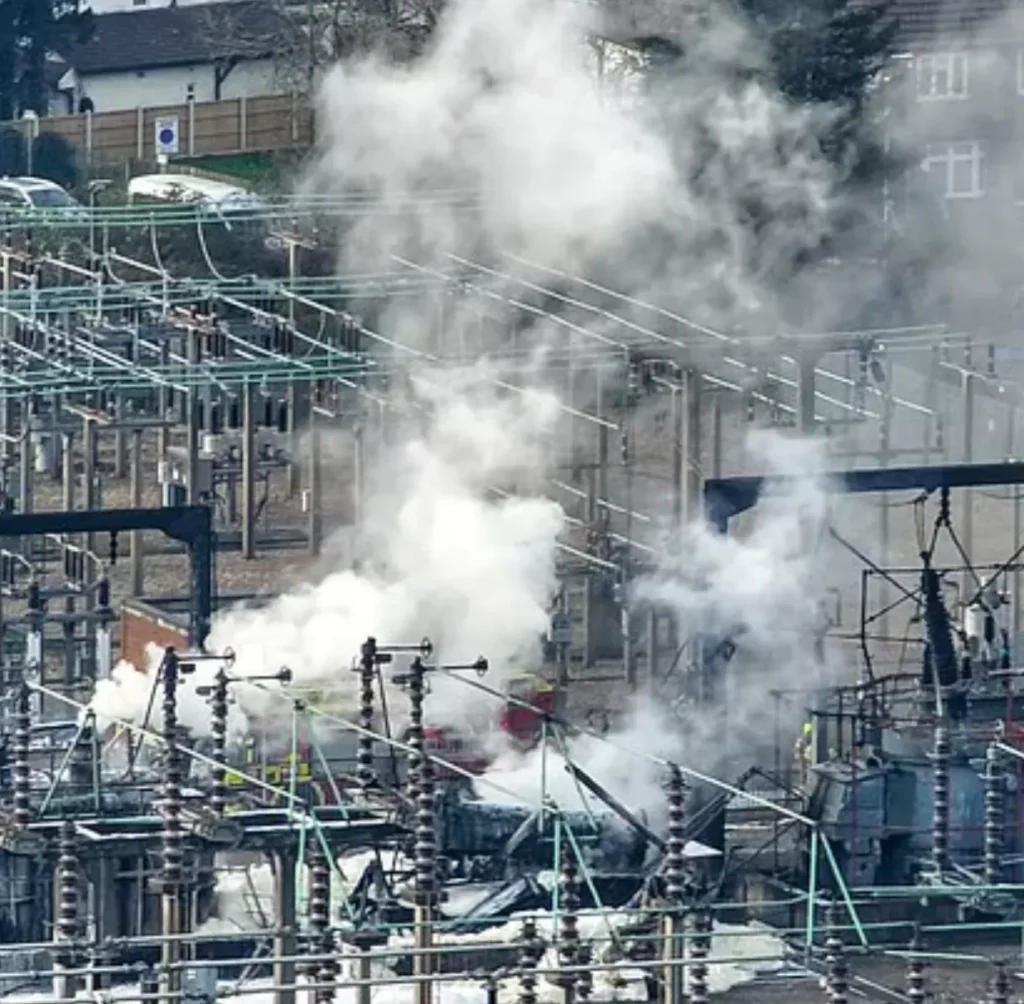
Terminal passengers experienced anxious scenes of disarray during which some chose floor rest while others wept and numerous passengers struggled to find homebound solutions.
Mere hours following the power blackout aviation consultant John Strickland declared its resemblance to historic travel catastrophes because “aircraft were being sent back and planes were being held in place.”
The authorities decided to keep Heathrow Airport closed for at least midnight Friday while instructing airlines to stop all movement operations at the airport.
Over 1,300 flights operated by Cirium data showed that worldwide someplace in the region of 220,000 passengers faced travel complications from this event.
British Airways together with Virgin Atlantic as well as United Airlines and Air Canada served as major casualties after several planes needed to divert their routes to cities such as Amsterdam and Frankfurt and New York.
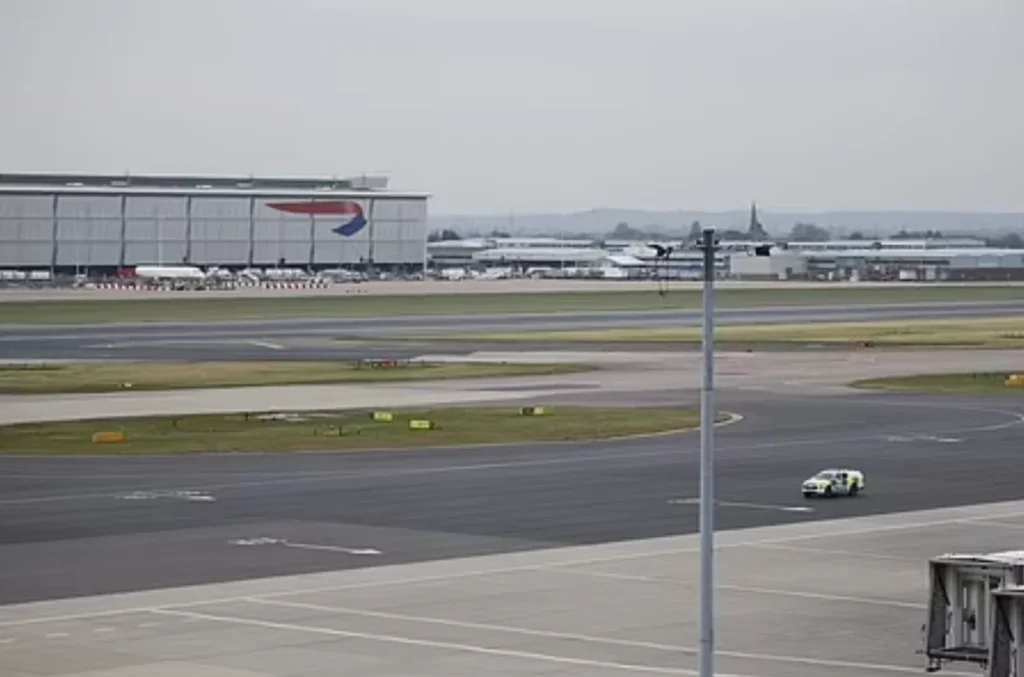
When flights departed they received instructions to return their passengers to their departure locations thus leaving passengers stranded in places that spanned from Mumbai to Los Angeles.
Stranded travellers posted desperate updates online, including a British couple stuck in China who said they had “no idea” how or when they’d get home due to strict immigration rules.
Executives operating airports faced challenges with inadequate staffing resources when providing assistance to panicked traveling passengers at their information booths.
According to Ian Petchenik from FlightRadar24 the worldwide airline schedule disruptions could persist for two weeks at minimum.
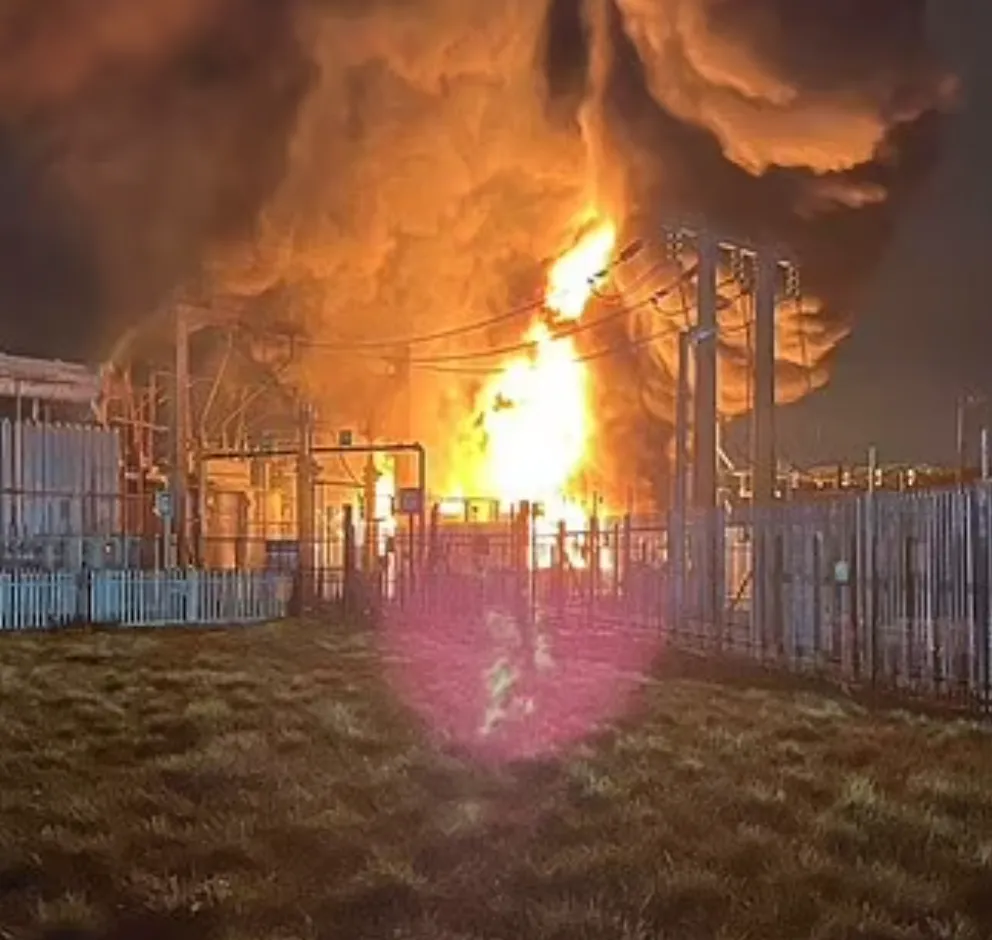
The focus switched rapidly toward inspecting the airport’s power backup systems because there were no adequate systems in place.
The airport transitioned from diesel generators toward biomass power to fulfill Net Zero requirements according to an industry source.
Reform UK’s Richard Tice blasted the move, stating, “Their net zero compliant backup system has completely failed in its core function at the first time of asking.”
Heathrow acknowledges that they maintain backup systems even though they acknowledge that deploying these backups across the entire site requires time and delays immediate activation.
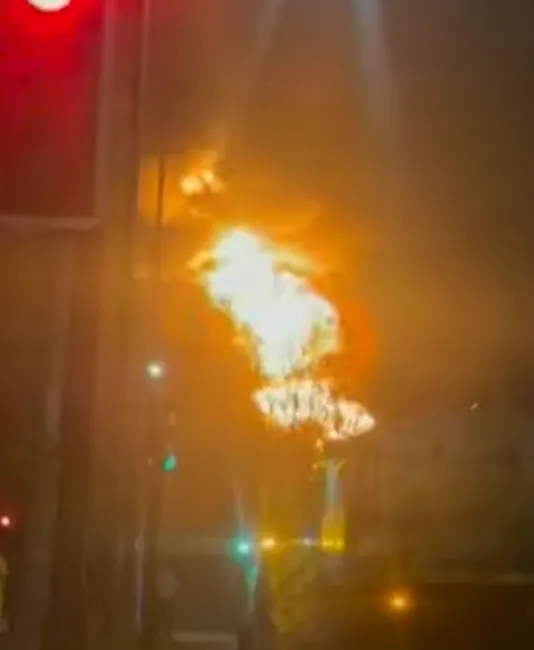
The crisis response explanation failed to appease public outrage because critics demand to understand why such a vital international facility operates solely with unproven backup systems during emergencies.
And in a stunning revelation, it was confirmed that the failure of the green-compliant power backup was the key reason Heathrow was unable to stay operational — sparking a shutdown so severe, aviation experts now call it a “contained version of 9/11.”
Feature Image Credit: (PA Wire) (UKNIP) (EPA) and (Youtube/LiveNOW from FOX)
